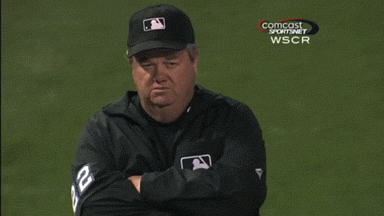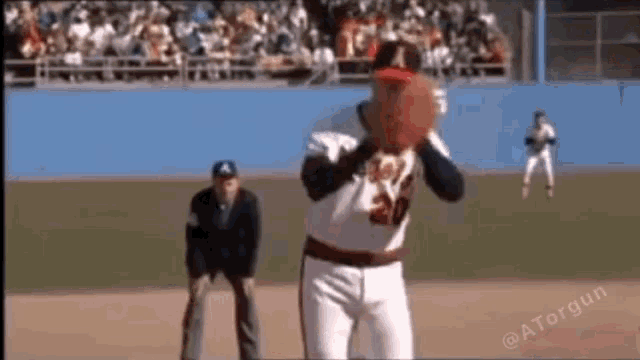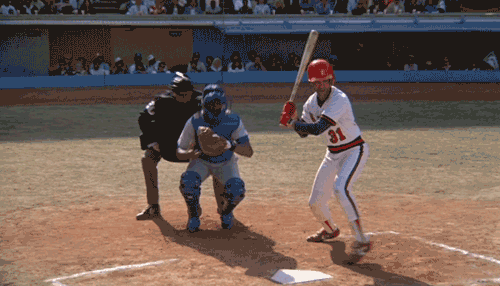The new strike zone creates opportunities for pitchers. High Point righthander Michael Bowden's first pitch of a late July start was a high fastball, high enough that catcher Matt Jones had to bring his mitt above his eye level to catch it. It was taken for strike one. Seeing that called a strike, Bowden went back there for a called strike two. He elevated a little higher on his third pitch for a swinging strike. Six pitches later, Bowden had thrown an immaculate inning: nine pitches, nine strikes, three strikeouts.
The new strike zone has been the downfall of other pitchers. Control artists who focus on widening the strike zone are much better off with a human calling balls and strikes.
"There are some pitchers that will never be able to work (to an automated strike zone). I was never an up-and-down pitcher. I was in-and-out. If in the first three innings I established that down and away pitch, by the fourth inning I got a half inch (off the plate). TrackMan won't give that to you," High Point pitching coach Frank Viola said. "Tom Glavine, Greg Maddux and Frank Viola would not have had their careers because those pitches would have been called balls. We would have been walking everyone instead of getting called strikes that forced hitters to swing the bat.
https://www.baseballamerica.com/sto...s-make-significant-impact-on-atlantic-league/





